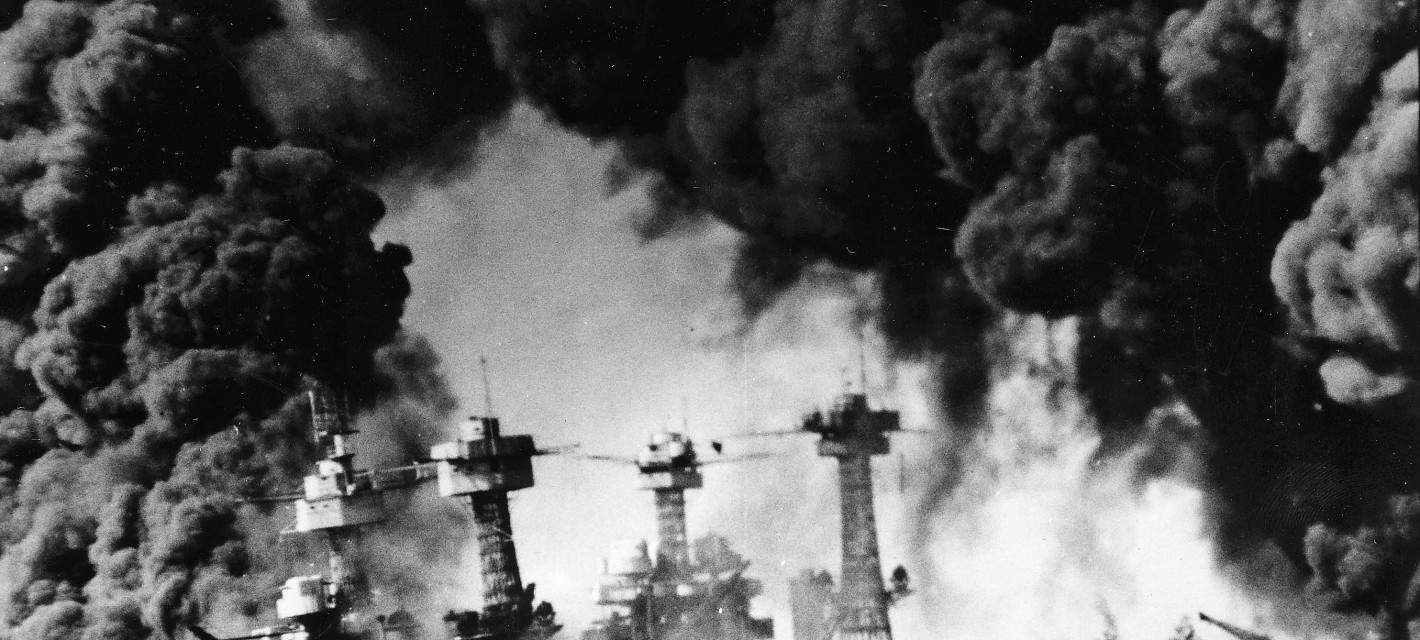Plans are like butts: everybody has them. Unlike butts, however, most plans fail along a spectrum ranging from close misses to colossal whiffs. Few plans, however, have backfired as dismally as the ones below, such as those of a 1970s libertarian group that repeatedly tried – and failed – to found Ayn Rand-Esque independent island nations. Following are thirty things about that and other historic schemes that backfired big time.

30. A Shady Group Whose Repeated Attempts to Found a Libertarian Paradise Backfired Repeatedly
Las Vegas real estate developer Michael Oliver, a far-right-anarcho-libertarian, anti-communist, anti-tax activist, and advocate of strict adherence to the gold standard was an avid Ayn Rand fan. So avid that he created a shady radical libertarian group, the Phoenix Foundation, which attracted sleazy intelligence agents, laissez-faire capitalist extremists, Mafiosi, and drug and sex traffickers. They supported multiple violent attempts to create independent libertarian countries. All on tropical islands on territory that was to be seized from brown people. The attempts were a mixture of hilarious, cringe-worthy, sinister, and sad. All of them backfired.

In 1972, Oliver and associates laid claim to an artificial island atop a submerged reef in the South Pacific. They declared it to be the Republic of Minerva, a libertarian paradise without “taxation, welfare, subsidies, or any form of economic interventionism“. Minerva had its own president and currency, and its founders hoped it would eventually attract up to 30,000 residents. However, Minerva was located in Tongan waters. When the king of Tonga sent a force to wave spears at the invaders, Oliver was forced to flee and take his dreams of a global capital flight center elsewhere.

